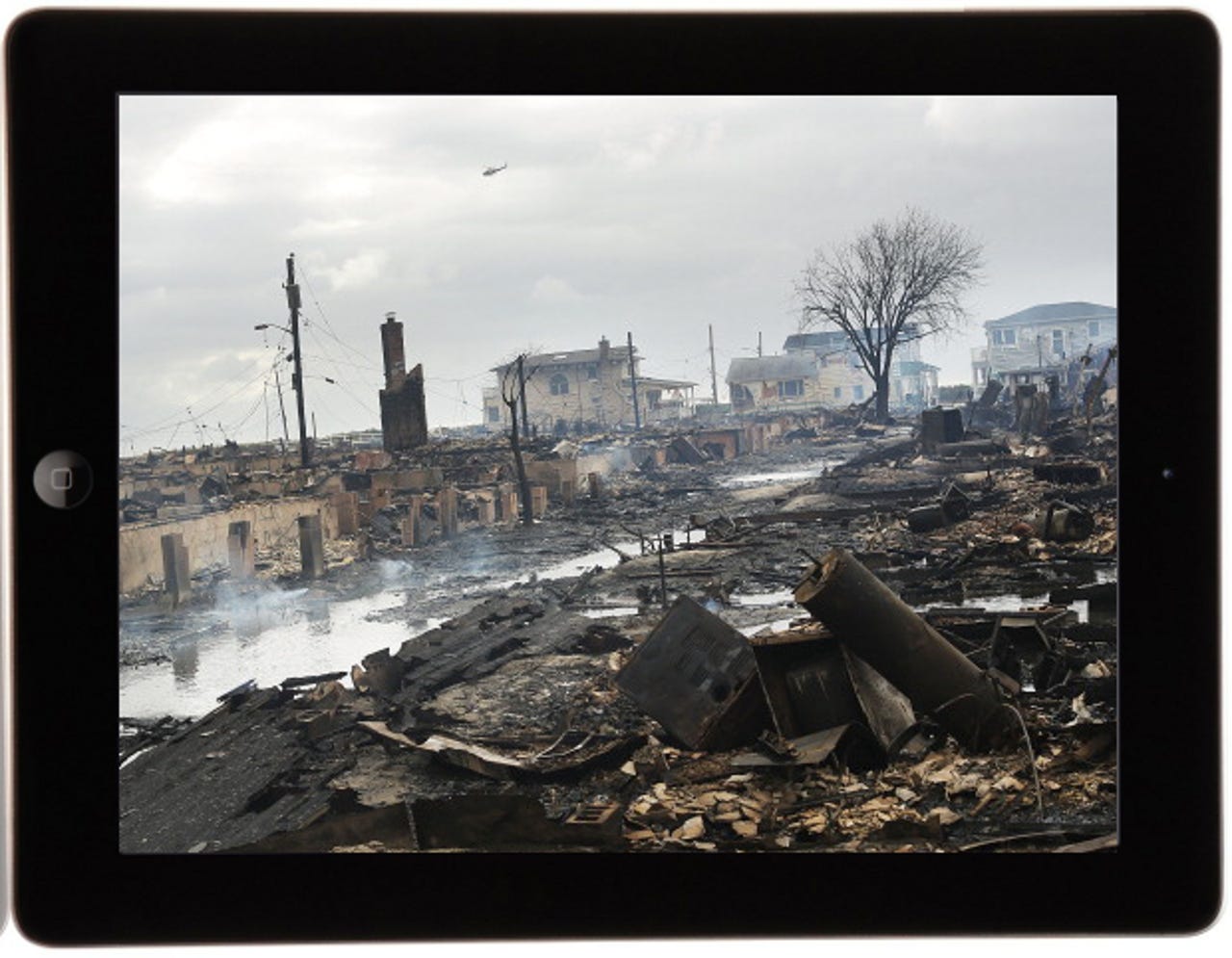Phone smarts: 5 tips for keeping in touch during emergencies


Those who have experienced emergencies like Hurricane Sandy that recently devastated the northeast can attest that being unable to communicate with friends and family is one of the worst parts of the tragedy. Breakdown in communications is not limited to storms or natural disasters, unexpected local catastrophes can throw a family into turmoil, too.
See related:
- Thoughts on Hurricane Sandy (David Gewirtz)
- Hurricane Sandy: iPad survivor's guilt (Jason Perlow)
- Apple's iPad mini doesn't deserve a grand debut (Larry Dignan)
The best way to handle tragic events is to be prepared and it is not hard to do. Living in the storm-prone Gulf Coast area in the US has proven to me time and again how important it is to have a plan in place to keep family members informed in emergencies.
1. Designate a family member or close friend outside your home area as a communication hub for your family. During a major event it seems the first thing to go out is cell phone service but that's not quite true. Usually the inability to get in touch with loved ones by smartphone is because the local network is swamped with activity. Having a hub located in a long distance calling network can make all the difference for keeping in touch.
Make sure all family members have this designated friend/relative in their speed dial on the phone. Explain to all how this number should be used, e. g. each family member should try to get in touch every so many hours. If you can't, call your hub contact and tell her/him where you are, if you're safe, etc. Once everyone is on the same page it will become second nature to call the hub for information from home. The hub doesn't need to contact anyone (that adds to network congestion), just serve as a recipient for family calls.
2. Text messages will often be the best way to communicate in an emergency. Since communication networks can be spotty in a disaster, it's a good idea to use group texting to get through. If your smartphones don't handle group messaging there are lots of free apps on all smartphone platforms that can do it. I like Handcent SMS, available on both the iPhone and Android.
Make sure every member's phone has an app installed that can send group messages and then set up a family emergency group for contact. Make sure the group has a name that everyone, especially kids, will remember in a stressful situaton. I use ICE for my group name (Important Communication in Emergency) but whatever works for your family is fine.
Drill the use of this text message group with all family members and determine a frequency you wish messages to be sent and what pertinent information should be conveyed. Reminding family members to call or text the family hub mentioned above is a good first group message.
3. Use the phone camera to capture important information. People react differently to stressful situations and that can impede communicating clear information to loved ones. A good way to handle that is to make sure everyone knows to take lots of photos using the smartphone.
One example of the usefulness of taking photos is in the event of a traffic accident. Taking a photo of the nearest street sign and texting that to the family is a great way to show the exact location of the accident. It's also a good idea to snap photos of all cars involved in an accident, especially depicting the license plates.
This can also work to convey the address where a family member is weathering an emergency. Snap a photo of the street sign and then the address on the home and text them to the group. This can be handled by even young family members, appropriate since many young kids have phones with cameras.
4. Get a second battery for your smartphone. While phones with user-replacable batteries are becoming a rarity, if you have one buy a spare battery and keep it charged. With judicious use any smartphone can provide emergency contact for several days in the event of a prolonged power outage.
5. Teach your kids proper phone use in an emergency. Kids like to talk on their phones, and any parent trying to get in touch with them in a stressful situation can attest to the frustration of hearing busy tones. Be clear that your kids know that in an emergency their phone is only to be used to keep in touch with the family. No calling their friends, and especially no lending their phone to those friends.
In normal situations having a kid willing to loan their phone to a friend in need is a good thing but that's not the case in an emergency. Restricting phone use to only family contact not only helps keep everyone informed but it helps conserve local phone network resources for others in need. It also helps kids' phone batteries to last as long as possible, keeping them on the grid.
No time like the present
Having a good communications plan is only good if it is in place when disaster strikes. Like a solid household exit plan for emergencies, a phone communication plan is worth devising now and drilling family members in its use until it is second nature.